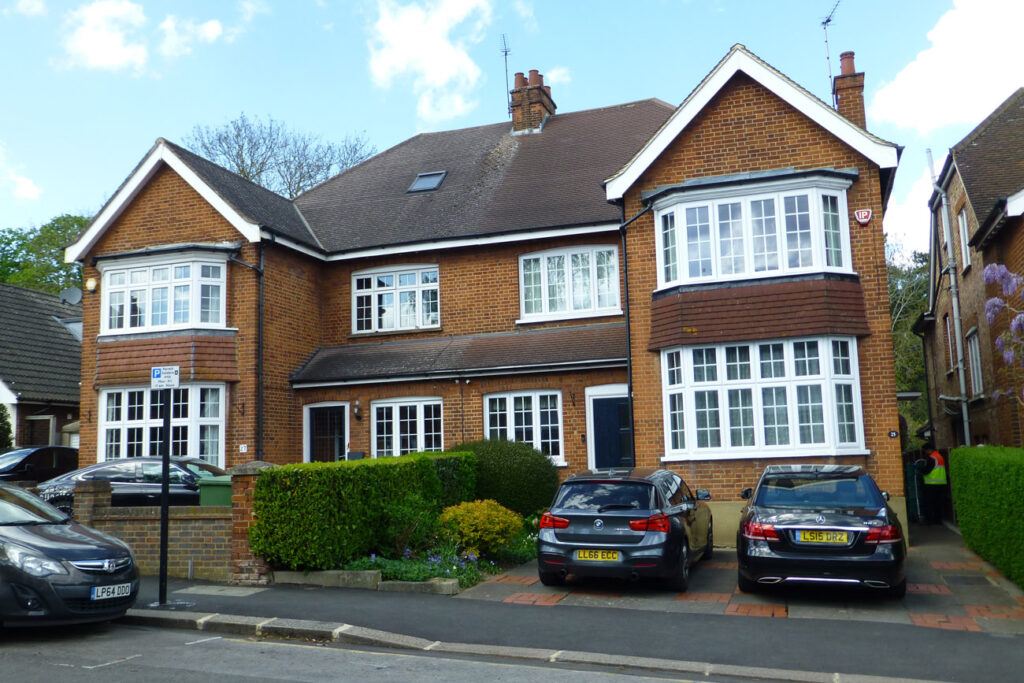Landlords, housing associations and home owners
It is a targeted investigation carried out by a qualified Building Surveyor to identify the presence, type, cause, and extent of moisture-related issues within a property.
It focuses specifically on diagnosing dampness and condensation problems, which, if left untreated, can lead to structural damage, health risks, and costly repairs.
Unlike basic checks or guesswork, this is a specialist assessment that combines professional experience with diagnostic tools to give a clear understanding of what’s going wrong – and how to fix it.
What Types of Damp Are Investigated?
There are three main types of damp a survey will typically investigate:
- Rising Damp – Moisture drawn up through walls from ground level due to failed or missing damp-proof courses (DPC).
- Penetrating Damp – Water entering through walls, roofs, windows, or damaged masonry due to external defects.
- Condensation – The most common form of damp, caused by excess moisture in the air settling on cold surfaces. Often linked to poor ventilation, heating, or insulation.
A Damp and Condensation Survey will distinguish between these types and identify the true cause, which is critical for effective treatment.

A Damp and Condensation Survey usually involves:
| ✔ | A thorough internal and external visual inspection |
| ✔ | Moisture mapping using professional tools such as damp meters, hygrometers, or thermal imaging cameras |
| ✔ | Assessment of ventilation, insulation, heating, and lifestyle factors contributing to condensation |
| ✔ | Checks of building fabric, gutters, roof coverings, windows, and DPC levels |
| ✔ | Identification of defects causing or exacerbating the issue (e.g., blocked air bricks, leaking gutters, or cold bridging) |
| ✔ | A clear, easy-to-understand written report with photographs, findings, and tailored recommendations |
| ✔ | Guidance on next steps, including repair options or need for specialist treatments (if required) |
Why Get a Damp and Condensation Survey?
- Prevent further damage to walls, floors, ceilings, and timber structures
- Protect your health – damp environments can contribute to respiratory problems and allergies
- Save money by avoiding ineffective “quick fixes” and tackling the root cause properly
- Support property sales or purchases with professional documentation
- Meet legal obligations as a landlord or property manager (e.g., under the Housing Health and Safety Rating System)
Who Should Get One?
- Homeowners noticing damp patches, mould, or a musty smell
- Buyers concerned about signs of moisture in a potential purchase
- Landlords needing to ensure their property meets habitability standards
- Property managers handling tenant complaints about condensation or damp
Contact us with questions, for fees and to book a survey phone 0208 8669641, email hello@survey888.co.uk
